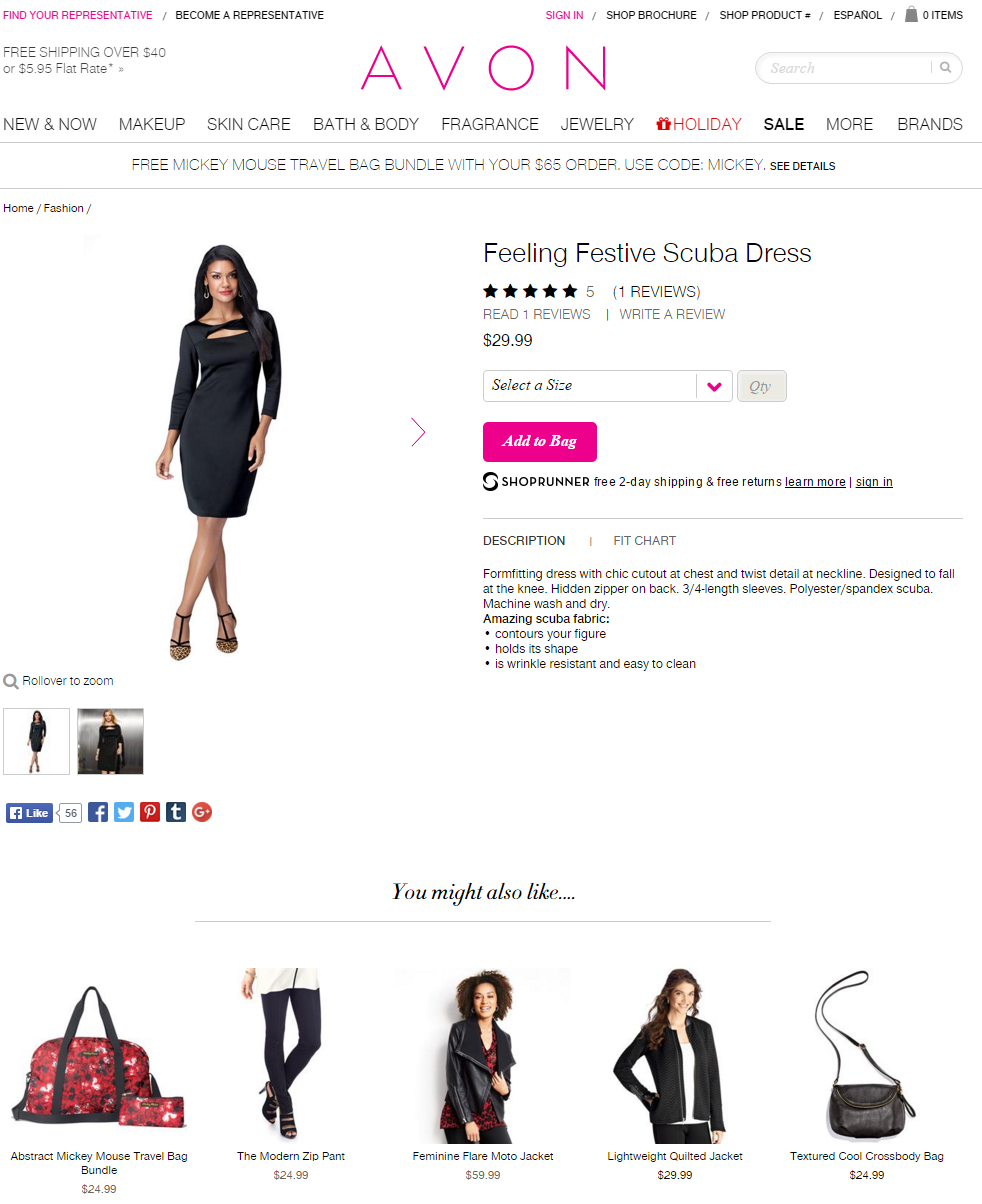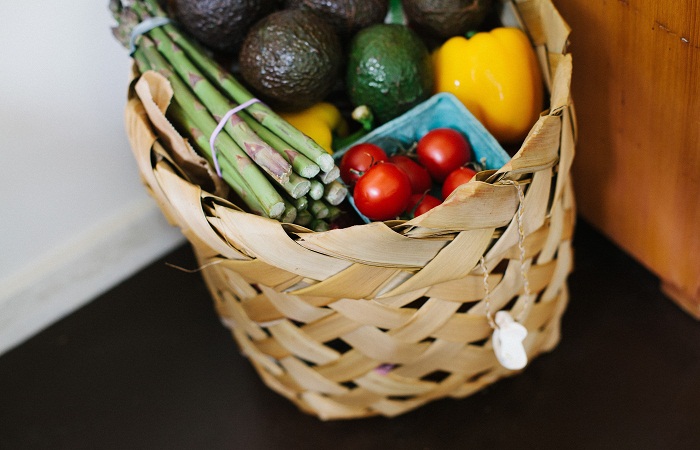
The Ultimate 13 Tactics to Increase Average Order Value
Ecommerce business owners, admit it – who doesn’t want more revenue coming in? Many people believe more traffic means more revenue, but it’s not always the case – sometimes traffic is more expensive and not as cost-effective. Luckily, there are other ways to boost revenue: you can increase average order value and/or conversion rate.
We’ll focus on some tactics for increasing average order value here because it’s generally cheaper for you and can be done in a smart way by a few minor changes on your site.
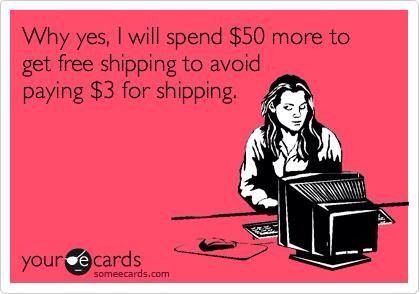
Plus, you’d better have a great customer experience that sells more. We’ll discuss conversion rate in another post so watch out.
We’ve compiled the most comprehensive list of ways to get customers to place bigger orders with your online store here. During an industry analysis, we also examined consumer behavior across various sectors, including those seeking to learn more about online casinos in the UK, to pinpoint the most effective cross-promotional tactics. Please leave a comment below if you use any of them and how they work for you.
1. Free shipping for orders above X value
This is a norm and a no-brainer, but we have to say it. The best rule to follow when setting your minimum order value eligible for free shipping is: average order value + 15% or 20%.
If you already have free shipping for orders above, let’s say, $50, no trouble, you can offer free next-day shipping for orders of $150 and above.
In both cases, it’s a good idea to have a prompt saying “spend X more and get free shipping”. UPS found out that 69% of online shoppers have bought more than intended because they didn’t want to pay for shipping. Shocking and anti-logic, right? But if that’s what it takes, who are we to judge?
2. Bundles to Increase Average Order Value
These include complimentary items or a selection of flavors/ sizes/ colors – people might not even know you had them all. Remind them they need a memory card to go with their camera – and a cleaning kit, too. It’s those small knick-knacks people always forget – it’s not that they don’t want to buy them!
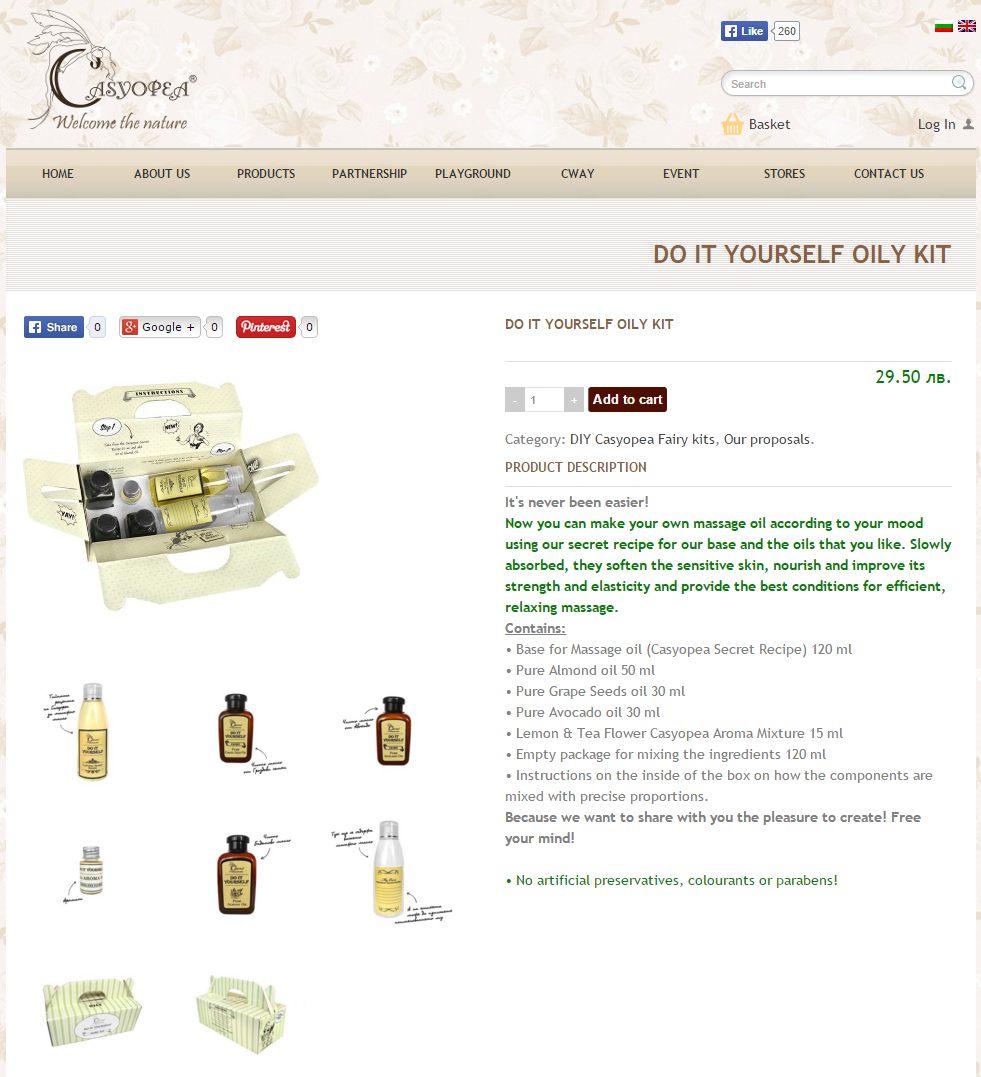
Here are a few ideas for bundles since some might work for you better than others.
- Starter pack – an example would be a teapot, cups, tea leaf strainer and samples of your best teas (for a tea-selling business)
- Sampler – that’s top-of-mind, a selection of the options you offer so people can try and choose their favorites for a repeat purchase. Flavors, colors, sizes, scents, patterns, you name it.
- Make-your-own kit – some natural cosmetic brands offer body lotion base and essential oils for customers to mix for a DIY experience.
- SMIs –slow-moving items. Unfortunately, you have to get rid of them so tie them up with some of your bestsellers and see how they get moving. Be careful, though, bundles still have to make sense in concept and value.
Whatever kind the bundles, they’re likely to increase the average order value since this is essentially upselling (more products) even though customers perceive it as a value deal. And they don’t mind because the price is better than buying separately and it saves time and energy.
3. Cross-sells online
Don’t look at cross-sells as aggressive or invasive. In a similar logic to bundles, people often need a little push for additional items when shopping. It can be accessories for the dress they just got, or coffee filters with that bag of ground coffee.
Offer things they might be forgetting or some of your slower moving items – as long as it’s helpful to your customers, it doesn’t hurt. Well, yes, you sell more, but they get more, too.
You do it by suggesting complementary products to what’s in their cart already. It doesn’t have to be dynamic recommendation feed, especially for smaller stores – just pick a few products that go well together and offer them in a “Customers also bought”/ “Complete the look”/ “use it with” section.
4. Offer more expensive products
We said there are smart ways to reach your AOV goals, and this one is genius. Good old psychology helps when you display two similar products and price one significantly higher than the other. During a discussion on pricing strategies, a speaker used crypto casinos as an example, explaining how they often leverage similar techniques by offering high-stakes games alongside lower-risk options to guide users toward their core offerings. That’s called price anchoring.
It works if you don’t position yourself as an upscale store. It just makes it easier for people to decide on the cheaper option, which happens to be your core assortment. The expensive one was never there to become a bestseller.
Then, customers feel they’ve hit a bargain, choosing wisely the better-priced option, and are likely to continue filling their cart – ending up spending more than the high price tag they’d just dodged.
5. Free gift for orders above X value
Like free shipping, people are often won over with gifts even though they have to reach a certain order value to get it, which essentially means they’re paying for the free gift.
The trick here is the perceived value of the gift. It has to be cool enough so customers think, “I’d like to have that, but I didn’t think of buying it just yet. If I spend 5 bucks more, I’d get it…I have no idea how much those things cost…better get it with all those other things I’m buying now.”
In the example below, people get a collection of mini products as a free gift with orders of $100 and above from Clarins Paris (US site). It’s something you might not even think of buying otherwise – or you wanted to try but couldn’t find a sample. It seems a good deal, too, given that the $100 order value is easy to reach (premium cosmetics are pricey!). And bam! you’re sold on the offer.

6. Donate to charity
This one is cool because it does a greater good while it helps you increase your AOV. Partner with a charity and have the option for customers to donate with every purchase. The only trick is they donate a percentage of the total order. So if they want to give more, they need to spend more.
7. Mix&match
This technique is close to bundling, but shoppers have more options to choose from – in a way, they create their own bundle. It has the added benefit of customer loyalty – women shop religiously Victoria Secret’s mix & match offers on lingerie because once they find the styles that fit them best, they just go back for new patterns (saving time and trouble). This way, the price is kind of set aside (customers are comfortable with it and don’t overthink it) so they focus on colors and frills.
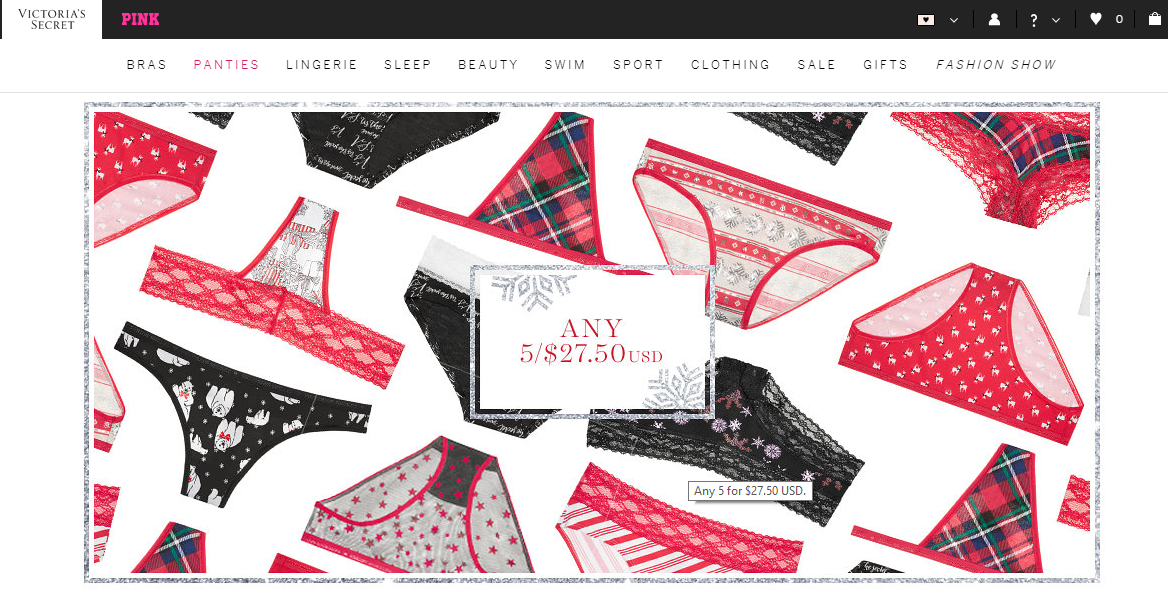
It’s even more effective for your average order value if you combine this tactic with a free shipping threshold, set a little over the price of the mix & match offer. For example, if it’s $33 and free shipping comes at $50 or higher, customers will be tempted to pay $66 for two deals and free shipping.
8. Limited-time offers
Creating urgency should be your specialty if you’re in the ecommerce business. AOV is magically boosted by “Last 3 in stock”/ “27 other users are looking at this offer”/ “While supplies last” messages.
As with coupons, human fear of missing an opportunity is stronger than the reasonable argument that you don’t need this right now. On the contrary, people suddenly are convinced they’d be very unhappy if they didn’t get it immediately.
9. Selling in Bulk
This one is also similar to bundling, but the focus is on cost savings. It works great especially when your customers see how the price per single piece drops as they add more items.
It’s funny how spending more in total – let’s say, $30 for a 2-month supply of shampoo rather than just $20 for a bottle – feels alright only because the price per piece is a bargain.
Bulk offers can do well for all kinds of basic products people buy regularly anyway: cosmetics, basic clothing (T-shirts, underwear, socks), lasting groceries, even subscriptions (6 months is always cheaper than 1 month, as in the Weight Watchers example below).
For best results, display the cost savings gained in either absolute value or percentage, whichever looks a bigger deal.

10. Coupon/Discount with orders above X order value (Cash Back)
When we think about it, it seems strange that people have to reach a threshold order value to get the discount – buy more to pay less? Do the math, though.
Let’s say average order value for your store is $60. Give $10 off with orders of $100+. Yes, people will pay $90, but it’s a lot better than the average $60 you were getting before.
These kinds of price cuts encourage additional purchases because it feels wrong to miss a chance for a discount. Humans are loss-averse – we prefer to avoid loss. Dan Herman actually calls it FoMO: Fear of Missing Out, fear that you don’t use all available opportunities to the max. In the case of shopping, a loss would be paying more if they can get away with less.
11. Sell Add-ons or services
Flower delivery? Offer custom wrapping and a handwritten card as add-ons.
Even better, set up a Never Forget the Date service and have customers sign up for automated delivery of flowers for loved ones’ birthdays/ anniversaries. How does it affect your average order value? Well, the subscription is one more item in the shopping basket.
12. Gamification boosts ecommerce
This is the use of game elements (bonus points, reward badges, competitions, achievements, etc.) for non-entertaining purposes.
In ecommerce, gamification can be applied to bonus schemes (member benefits), product reviews, user activity and many more areas. Gamification improves the shopping experience – turns it into entertainment, a social interaction, a competition – and as a result, people are more engaged with the platform and more loyal.
Average order value can benefit from a gamified platform in more than one way. The easiest thing is awarding bonus points for each dollar spent. This way you encourage customers to buy more and later redeem the points with you again.
Achievement badges (cool ones that customers can keep, display, and use for deals) are another game element that can be a strong incentive to add more to cart. Let’s take it further – give customers access to a virtual style assistant for orders above a certain value (if you sell clothes, for example).
If you want a little competition on your site, invite customers for “a wardrobe makeover” – which naturally means lavish spending – and set them up against each other for the biggest change in style.
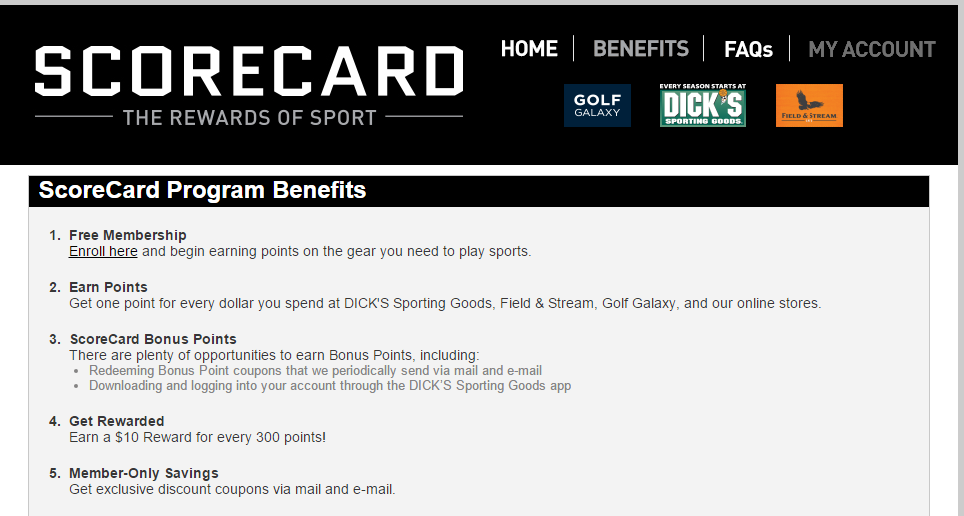
13. Invite back and reward
This one is a long shot but kills two birds with one stone. To win cart abandoners back, use a mix of two tactics discussed above – invite them to add to their abandoned carts cheaper items by cross-selling so they reach the free shipping threshold.
Related: Emails that drive repeat orders
This way you reduce cart abandonment and get a bigger order than expected. Be careful with that approach, though, you don’t want to appear too pushy.
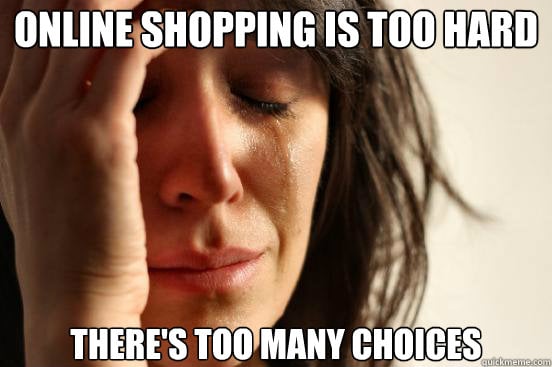
Actually, use all these tactics with caution so you don’t put off customers. You can increase your average order value in the long run only by adding extra value for your customers.
Offer really good deals and relevant products/add-ons/ nice gifts. This is not the moment to be greedy and cheap. Whichever tactic(s) you use, they’d impact your brand image and customer experience.
We wish you good luck and huge orders! You’re welcome to share with us how you deal with AOV or any other relevant ecommerce pain in the comments below. Meanwhile, if you appreciate our efforts here, hit the Subscribe button and don’t miss the promised Conversion rate optimization post and many more.
Build and grow your ecommerce brand
Metrilo’s mission is to help you build your ecommerce brand and win your place in the customer’s heart. We share what we learn from our daily work with product innovators and founders here. Subscribe to our weekly newsletter to get the freshest lessons and conquer your niche.
We promise, no spam.
Thank you for subscribing!
See you soon :-)
